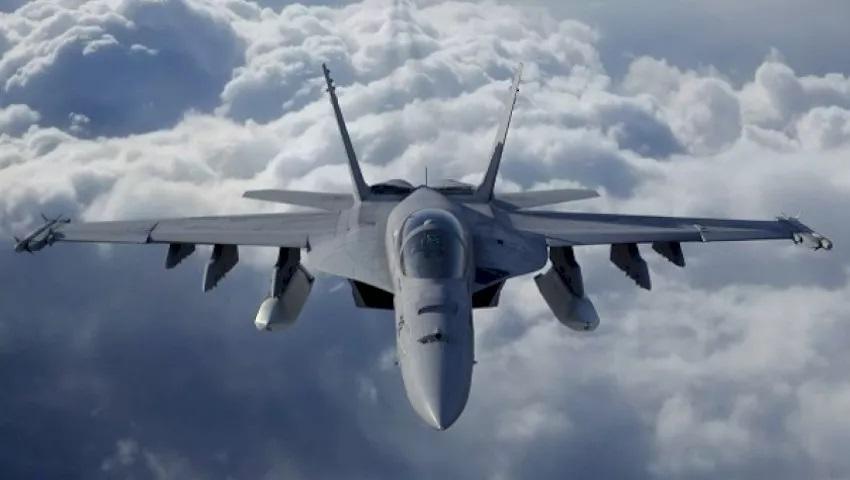Lockheed Martin Corp., Orlando, Florida, is awarded a $49,273,462 firm-fixed-price order. This order provides Long-Range Anti-Ship Missile integration and test effort for the Royal Australian Air Force (RAAF) Boeing F/A-18E/F Super Hornet aircraft for the government of Australia. Work is expected to be completed in March 2026. Foreign Military Sales (FMS) funds for $49,273,462 will be obligated at the time of award, none of which will expire at the end of the current fiscal year. The U.S. State Department has decided to approve a possible Foreign Military Sale to Australia of up to two hundred (200) AGM-158C, Long Range Anti-Ship Missiles (LRASMs), and related equipment. The U.S. Naval Air Systems Command, Patuxent River, Maryland, is the contracting activity.
The Government of Australia has requested to buy up to two hundred (200) AGM-158C, Long Range Anti-Ship Missiles (LRASMs); and up to eleven (11) ATM-158C LRASM Telemetry Variant (Inert). Also included are DATM-158C LRASM, Captive Air Training Missiles (CATM-158C LRASM), containers, support and test equipment, publications and technical documentation, personnel training, and training equipment, U.S. Government and contractor representatives technical assistance, engineering, and logistics support services, and other related elements of logistics support. Australia intends to use the missiles on its F-18 aircraft and will provide enhanced capabilities in defense of critical sea lanes. The proposed sale of the missiles and support will increase the Australian Navy’s maritime partnership potential and align its capabilities with existing regional baselines. The total estimated cost is $990 million.

The AGM-158C LRASM (Long Range Anti-Ship Missile) is a stealthy anti-ship cruise missile developed for the United States Air Force and the United States Navy by the Defense Advanced Research Projects Agency (DARPA). The LRASM was intended to pioneer more sophisticated autonomous targeting capabilities than the U.S. Navy’s current Harpoon anti-ship missile, which has been in service since 1977. The Navy was authorized by the Pentagon to put the LRASM into limited production as an operational weapon in February 2014 as an urgent capability stop-gap solution to address range and survivability problems with the Harpoon and to prioritize defeating enemy warships, which has been neglected since the end of the Cold War. In August 2015, the missile was officially designated AGM-158C.
On 3 May 2007, the Australian Government signed a A$2.9 billion contract to acquire 24 F/A-18Fs for the Royal Australian Air Force (RAAF) as an interim replacement for its aging F-111s. It was reported, in July 2007, that the order for the F/A-18F would also prevent, in the event of significant delays to the F-35 program, any difficulties that might be caused by a need to quickly replace the RAAF’s existing fleet of “Classic Hornets” (F/A-18A/B). The total cost of the Super Hornet purchase, with training and support over 10 years, was expected to be A$6 billion (US$4.6 billion). In June 2014 Boeing was awarded the contract for the 12 EA-18Gs, and the first EA-18G for Australia was rolled out on 29 July 2015.














